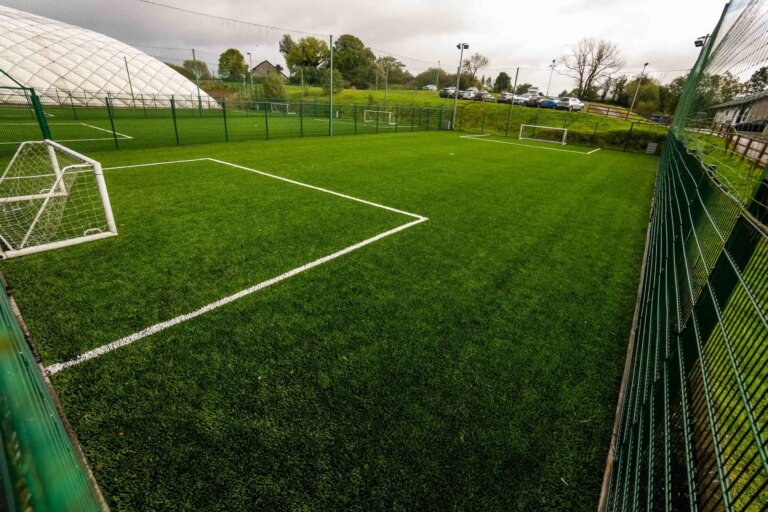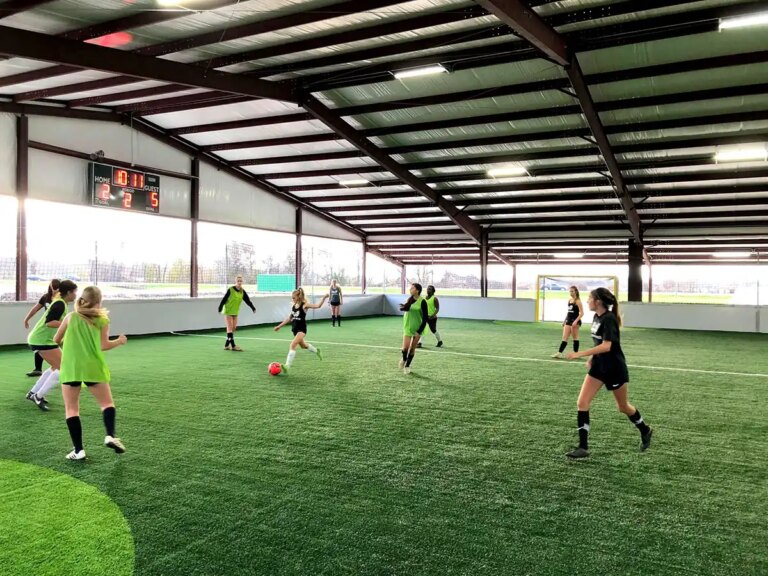As the world of sports continues to evolve, technological innovations play a pivotal role in enhancing the overall experience for athletes, officials, and spectators alike. Innovations have revolutionized how sports like football is played, analyzed and officiated. In this article, we’ll explore existing technologies like Smart Ball Systems, Video Assistant Referee (VAR), Electronic Performance and Tracking Systems (EPTS), and Foam Technology, while also delving into potential future innovations that could further elevate the game, especially with regards to player performance, equity and fairness. the intersection of sports and technology promises an exciting frontier for the future of football and beyond.
1. Smart Ball System
German company- Cairos Technologies collaborating with Adidas are the brains behind this technology. In the smart ball ball system, the ball is attached to an NFC (near-field communication) chip that connects the ball to smart devices. This technology helps track the ball position in real time with the help of receivers fitted around the football field. It is done by installing a network of receivers throughout the pitch, designed to determine when the ball has wholly crossed the line with unmatched accuracy. In doing so, it will also notify match officials with the information it gathers readily available on a receiver that the referee usually wears. The technology gives referees information about the ball via a smartwatch about whether the ball crossed the line. Footballs like Brazuca were used the Smart ball system in the 2014 World Cup, Telstar in the 2018 World Cup, Uniforia in Euros 2020, and Nike Strike in Copa America 2020.

Soccer.com dissects the smart ball
2. Video Assistant Referee – VAR
VAR has been one of the most controversial technologies used in football ever since 2018 when it was introduced. A system that uses video images from 12 tracking cameras near the roof of the stadium and numerous high-speed VAR cameras around the field for instant replays of the play, VAR comes into play to assist the on-field referee in reviewing primarily four decisions viz
Goal/no goal – attacking team commits an offence, ball out of play, ball entering goal, offside, handball, offences and encroachment during penalty kicks.
Penalty/no penalty – The attacking team commits an offence, ball out of play, location of offence, incorrect awarding, offence not penalised.
Direct red card – denial of apparent goal-scoring opportunity, serious foul play, violent conduct/biting/spitting, using offensive/insulting/abusive language or gestures.
Mistaken identity in awarding a red or yellow card.
The VAR helps the referee with high-quality video replays of the incident from different angles to make a proper decision. It has also helped referees make correct decisions for a penalty, whether a player has been fouled or has made a dive to get the penalty. VAR is still criticised by many for its delay in decisions, causing the game to slow; in short, it breaks the momentum.

A team of VAR Officials in a match
3. Electronic Performance and Tracking System (EPTS)
EPTS has been very helpful for the teams in tracking a player’s progress and movements. This is used with the help of camera-based systems and wearable technologies. The primary use of EPTS is to track the ball and players’ position. It can also be combined with microelectronic devices and heart rate monitors to measure load or physiological factors. There are three physical tracking devices: 1. Optical-based camera systems, 2. Local positioning systems, 3. GPS.

Wearable EPTS
4. Foam Technology
The on-field referee uses the vanishing Foam to mark the correct location for the set pieces and the opposition wall at a reasonable distance. This Foam helps the referee prevent the players from moving ahead of the line, which was very difficult in the early days. The Foam is made from an 80/20 mixture of water and butane with a small amount of surfactant. The Foam will evaporate within a few minutes, leaving only water on the ground. Foam technology was first introduced in the 2014 World Cup after its trial in multiple FIFA tournaments in 2013.

Vanishing foam in use during a football match
What new technology can be added to football sport for its improvement? Let us know in the comment section.



